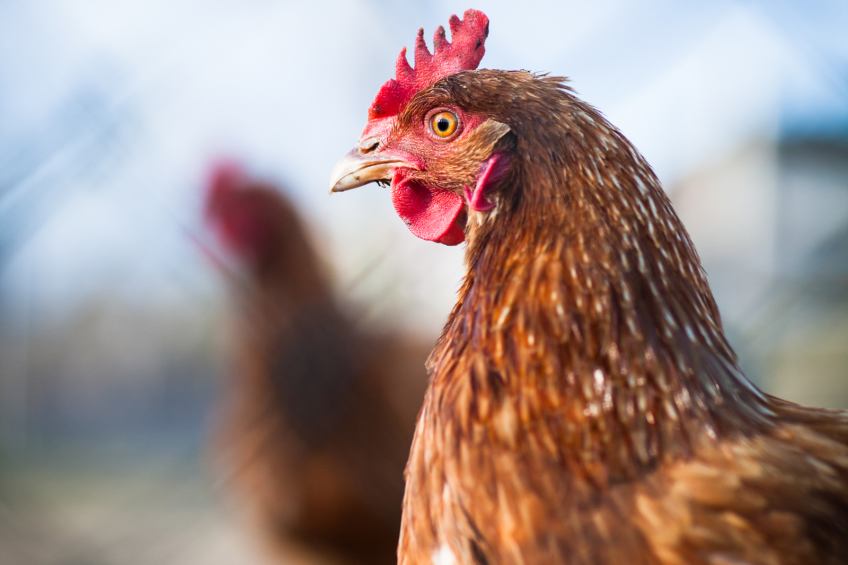Subpopulations for IBV poultry vaccine identified

A commonly used poultry vaccine, the Arkansas infectious bronchitis vaccine, contains viral subpopulations that vary slightly genetically. This could account for the varied response that has been seen with the vaccine, a USPOULTRY-funded research project has revealed.
Infectious bronchitis virus (IBV), which causes respiratory disease in chickens, has spikes on its surface which are used to attach to the respiratory cells of chickens. The spike is made of 2 proteins call S1 and S2. S1 is the primary protein that the chicken’s immune system recognises and to which it produces an immune response.
Recognition in chicken’s immune system
Small changes in the amino acid sequence of the S1 protein can make major differences in how the spike binds to chicken cells and how the chicken’s immune system recognises the virus. The amino acid sequence of the S1 protein is notoriously prone to variation, making it very difficult to provide immunity to the virus by vaccination.
The Arkansas (Ark) live IBV vaccines contain a virus isolate called ArkDPI. It has been shown that this vaccine contains virus subpopulations that vary in the amino acid sequence of the S1 protein. Field and laboratory studies have shown that vaccination with ArkDPI IBV vaccine may provide poor protection against field Ark IBV challenge and result in long term infection of chickens by the vaccine virus. Also, it has been shown that the unusual behaviour of this vaccine is likely linked to the existence of virus subpopulations in the vaccine.
Changes to the amino acid sequence
A study, led by Dr Brian Jordan and Dr Mark Jackwood, of the department of population health & poultry science, University of Georgia, set out to determine the effect of the 2 most common changes in the amino acid sequence of the S1 protein found in the virus subpopulations in the ArkDPI vaccine, mutations at amino acid position 43 and 344. It was found that the change at amino acid position 43 enhanced the virus’s ability to bind adult chicken respiratory cells while the change at amino acid position 344 decreased the ability of the virus to attach to adult chicken respiratory cells and enhanced binding to chicken embryo cells.
This means that during vaccine production, which is performed in chicken embryos, a virus with the mutation at position 344 will likely reproduce to a higher concentration because of its enhanced affinity for embryo cells. Importantly, it was also found that viruses which carry the mutation at amino acid position 344 do not effectively induce antibodies which protect against field Ark IBV challenge. Therefore, the virus subpopulation with the ability to grow to a high titer in chicken embryos, the virus with the mutation at position 344, is not the most effective subpopulation for providing protection as a vaccine.
Ability to bind to chicken tissues
These findings are consistent with and support the hypothesis that the spike protein of the ArkDPI virus is well adapted to bind and infect embryonic tissues while viral subpopulations containing the position 43 change have a spike that has an enhanced ability to bind to chicken tissues (i.e. trachea), making them better suited to infect and out-compete the major vaccine population in the chicken house.
These findings are important for the poultry industry because they show how a single amino acid change can affect vaccine efficacy, and it also offers a marker to re-evaluate the current Ark type vaccines. Manufacturers can measure the levels of subpopulations containing the change at position 43 in their current vaccines to predict efficiency, or begin to develop a new Ark type vaccine candidate for the industry. Furthermore, it is now possible to predict that vaccine candidates with the amino acid mutation at position 344 may not generate neutralising antibodies against virulent Ark IBV.
Source: USPOULTRY













